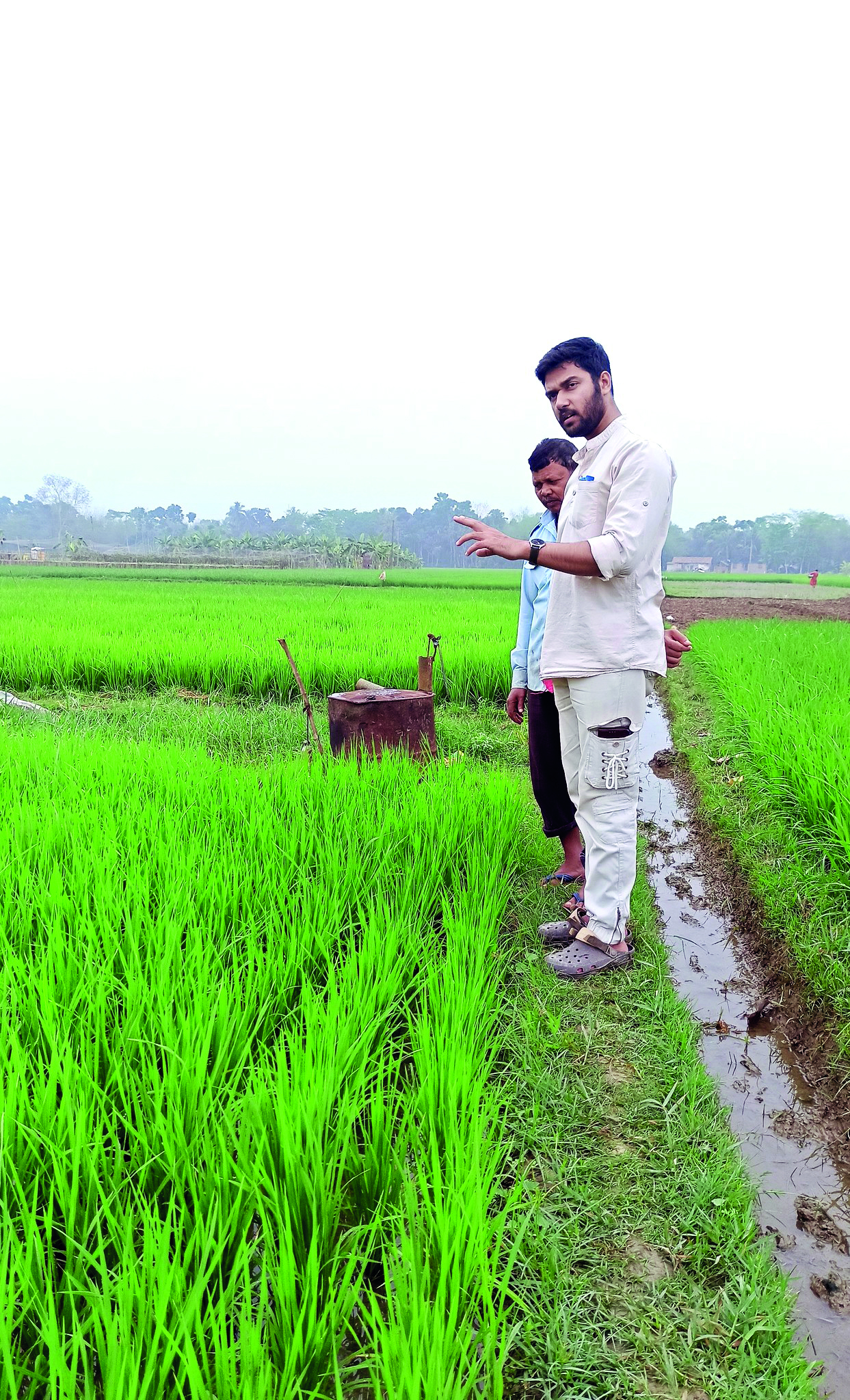‘Water management in rice cultivation can reduce arsenic contamination’

A first-time study by premier Indian institutes in collaboration with two leading ones in the UK has proved that sustainable water management in rice cultivation reduces arsenic contamination, increases productivity, microbial molecular response and profitability.
Alternate wetting-drying (AWD) technique was found to reduce arsenic (As) bioavailability by up to 26 per cent but also proved efficient at varied geographic locations with seasonal changes.
“Arsenic (As) and silicon (Si) are two structurally competitive natural elements where Si minimises As accumulation in rice plants, and based on this two-year field trial, the study proposes adopting AWD irrigation as a sustainable water management strategy allowing greater Si availability. This field-based project is the first report on AWD’s impact on As-Si distribution in fluvio-alluvial soils of the entire Ganga valley (24 study sites, six divisions), seasonal variance (pre-monsoon and monsoon), rice plant anatomy and productivity, soil microbial diversity, microbial gene ontology profiling and associated metabolic pathways,” Dr Tarit Roychowdhury of School of Environmental Studies, Jadavpur University (JU) said. Dr Arnab Majumdar, national post doctoral fellow at JU said that competitive suppression of As mobility by soil silicon (Si) has been established. “15 fold water saving was achieved with 6-8 per cent higher profit under AWD practice. Microbial community showed higher tolerance towards As and metabolism under AWD,” he added.
This is the first report on the combined effects of sustainable irrigation and soil microbial communities from their molecular point of view, that such practice is an effective measurement to restrict arsenic translocation from soil to rice grain by increasing soluble silicon and minimising arsenic bioavailability. In doing so, microbial communities that thrive under dry-wet conditions are also playing a role in arsenic minimisation while providing additional nutrient input to the soil. “Microbial molecular response to arsenic resistance is also proved to be triggered by this practice and the rice plant’s anatomy gets strengthened. To finalise the acceptability of this practice, the economic profit analysis has confirmed the higher margin of revenue generation from this practice due to the high rice yield,” Dr Barun Kumar Thakur, FLAME University, Pune said. The study has been published in the ‘Journal of Hazardous Materials’, one of the leading journals in Environmental Science.
Apart from JU, researchers from IISER Kolkata, University of Kalyani, Ramakrishna Mission Ashrama, Narendrapur, IIT Kanpur, Banaras Hindu University, FLAME University, Pune, and Bhabha Atomic Research Centre, Mumbai are involved in the study along with Imperial College, London,and University of Reading, UK.



